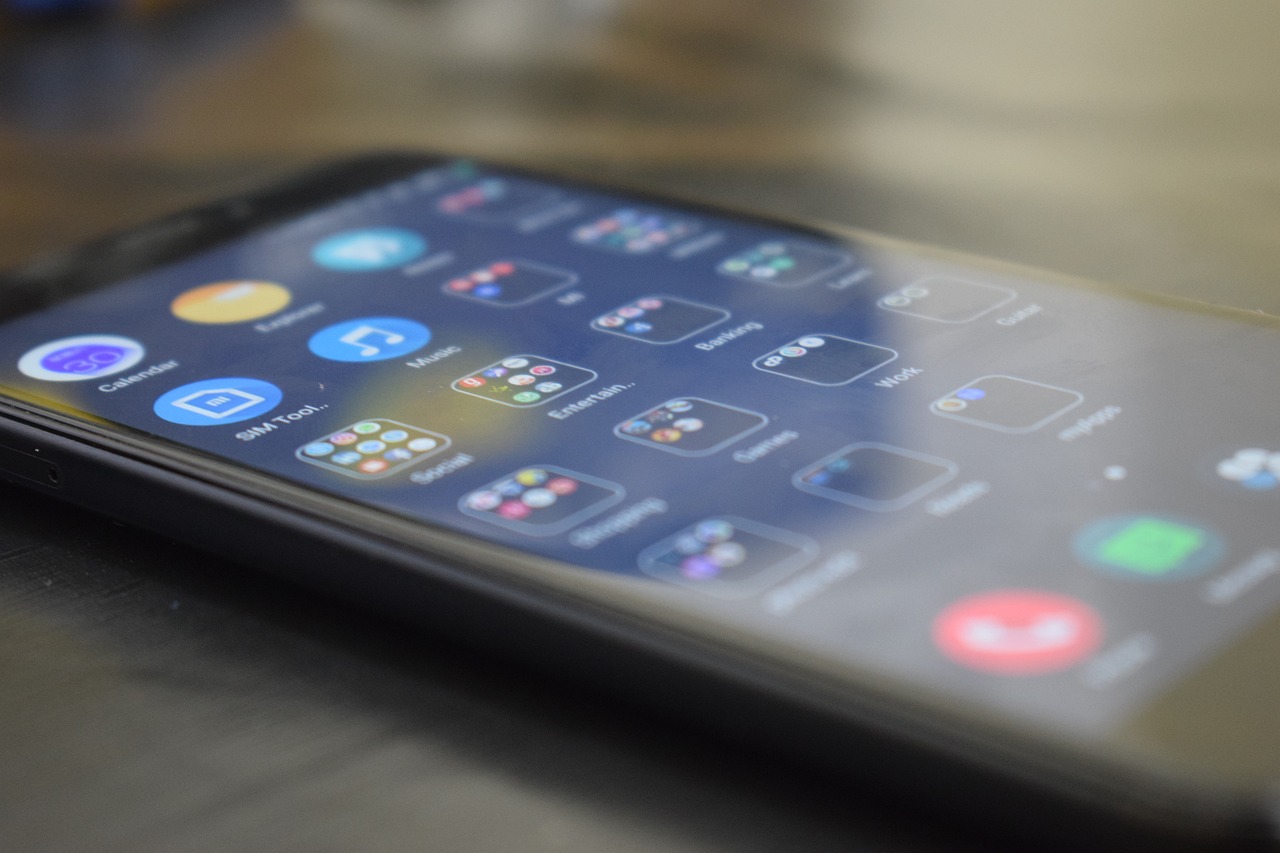Learn how to choose a good cell phone with the best possible cost-benefit. Understand better what comes in a smartphone.
The confusion between letters and numbers in cell phone descriptions confuses many people. There are many different brands and models and new releases happen almost every month. Therefore, to make a good purchase, it is important to know some of the device's parameters.
This will help you assess whether the price is fair and which smartphone will meet your needs. So, check out six tips below to help you choose the best smartphone for you. That way, you’ll know exactly what you’re getting for your home, without spending more on things you don’t need.

Processor
It is basically the brain of the phone. The more efficient the processor, the faster the device. Typically, processing speed is measured in GHz, as is the number of data processing cores. Basic models typically have a 2 GHz processor with up to eight cores (octa-core).
RAM Memory
THE RAM memory It helps the processor work a lot, preventing damage. The more memory you have, the more applications you can open at the same time without “crashing”. Basic devices usually come with 4 GB.
Internal storage
This is another type of memory used on your phone. For example, determine how many photos, videos, and apps you can have installed on your device over a long period of time without having to delete an app to install another. The current standard starts at 128 GB of storage – which generally works well for WhatsApp, social media, and photos and videos. However, for those who also use their phone for other activities, such as gaming and work, one piece of advice is to invest – if possible – in a 256 GB phone.
Camera
If you want to take great photos, look online for reviews from people who own the camera to assess the quality of the photos. Low-cost cell phones, despite having simpler cameras, can provide very interesting images. In the price range of R$ 2 thousand, there are options with two or three cameras on the back. Usually, one sensor is the main one, the second can be used for a background blur effect or to widen the field of view. The third lens is usually a macro lens, for taking photos of closer objects.
The average resolution (MP) – which helps form images and provide detail – is 50 MP. However, it won't be difficult to find smartphones that take photos with a resolution of 108 MP.
Battery
Battery size is measured in milliamps (mAh) and determines how long the device will be away from the socket. Some devices have optimized systems to make the most of the phone's power. If you are thinking about buying a mid-range phone right now, start with the 5000 mAh models. If it has more, even better. Among the phones launched this year, the Galaxy M34 from Samsung stands out in this category.
Screen
In this sense, you should evaluate the screen technology, the number of pixels and the frequency of updates. Lower-end phones work best with LCD technology because it is cheaper and offers good color results. More expensive phone screens come with OLED, AMOLED and Retina.
The number of pixels will determine the resolution. Within this range, give preference to devices with AMOLED technology and a screen refresh rate of at least 60 Hz (representing the speed at which scenes and animations are displayed).



